CONTROLS
AG:1 Hook
AG:2 Trim
AG:3 Airbrake
AG:4 Missiles
AG:5 Parachute
AG:6 Flares
AG:7 Drop external tank
AG:8 Lights
VTOL: Flaps
TRIM

The Phantom is a large fighter with a top speed of over Mach 2.2. It can carry more than 18,000 pounds (8,400 kg) of weapons on nine external hardpoints, including air-to-air missiles, air-to-ground missiles, and various bombs.

The F-4, like other interceptors of its time, was initially designed without an internal cannon. Later models incorporated an M61 Vulcan rotary cannon.

Beginning in 1959, it set 15 world records for in-flight performance, including an absolute speed record and an absolute altitude record.

The F-4 was used extensively during the Vietnam War.

It served as the principal air superiority fighter for the U.S. Air Force, Navy, and Marine Corps and became important in the ground-attack and aerial reconnaissance roles late in the war. During the Vietnam War, all five American servicemen who became aces – one U.S. Air Force pilot, two weapon systems officers (WSOs), one U.S. Navy pilot and one radar intercept officer (RIO) – did so in F-4s. The F-4 continued to form a major part of U.S. military air power throughout the 1970s and 1980s, being gradually replaced by more modern aircraft such as the F-15 Eagle and F-16 Fighting Falcon in the U.S. Air Force, the F-14 Tomcat in the U.S. Navy, and the F/A-18 Hornet in the U.S. Navy and U.S. Marine Corps.

The F-4 Phantom II remained in use by the U.S. in the reconnaissance and Wild Weasel (Suppression of Enemy Air Defenses) roles in the 1991 Gulf War, finally leaving service in 1996.

It was also the only aircraft used by both U.S. flight demonstration teams: the United States Air Force Thunderbirds (F-4E) and the United States Navy Blue Angels (F-4J).

The F-4 was also operated by the armed forces of 11 other nations.

Israeli Phantoms saw extensive combat in several Arab–Israeli conflicts, while Iran used its large fleet of Phantoms, acquired before the fall of the Shah, in the Iran–Iraq War.

As of 2021, 63 years after its first flight, the F-4 remains in active service with the air forces of Iran, South Korea, Greece, and Turkey.

The aircraft has most recently been in service against the Islamic State group in the Middle East.

Specifications
Spotlights
- jamesPLANESii 1.2 years ago
- MAHADI 1.2 years ago
- MAPA 1.2 years ago
General Characteristics
- Successors 2 airplane(s) +49 bonus
- Created On Android
- Wingspan 39.6ft (12.1m)
- Length 59.2ft (18.1m)
- Height 17.3ft (5.3m)
- Empty Weight 34,980lbs (15,866kg)
- Loaded Weight 71,110lbs (32,255kg)
Performance
- Power/Weight Ratio 0.53
- Wing Loading 126.1lbs/ft2 (615.9kg/m2)
- Wing Area 563.8ft2 (52.4m2)
- Drag Points 2170
Parts
- Number of Parts 1726
- Control Surfaces 2
- Performance Cost 6,518

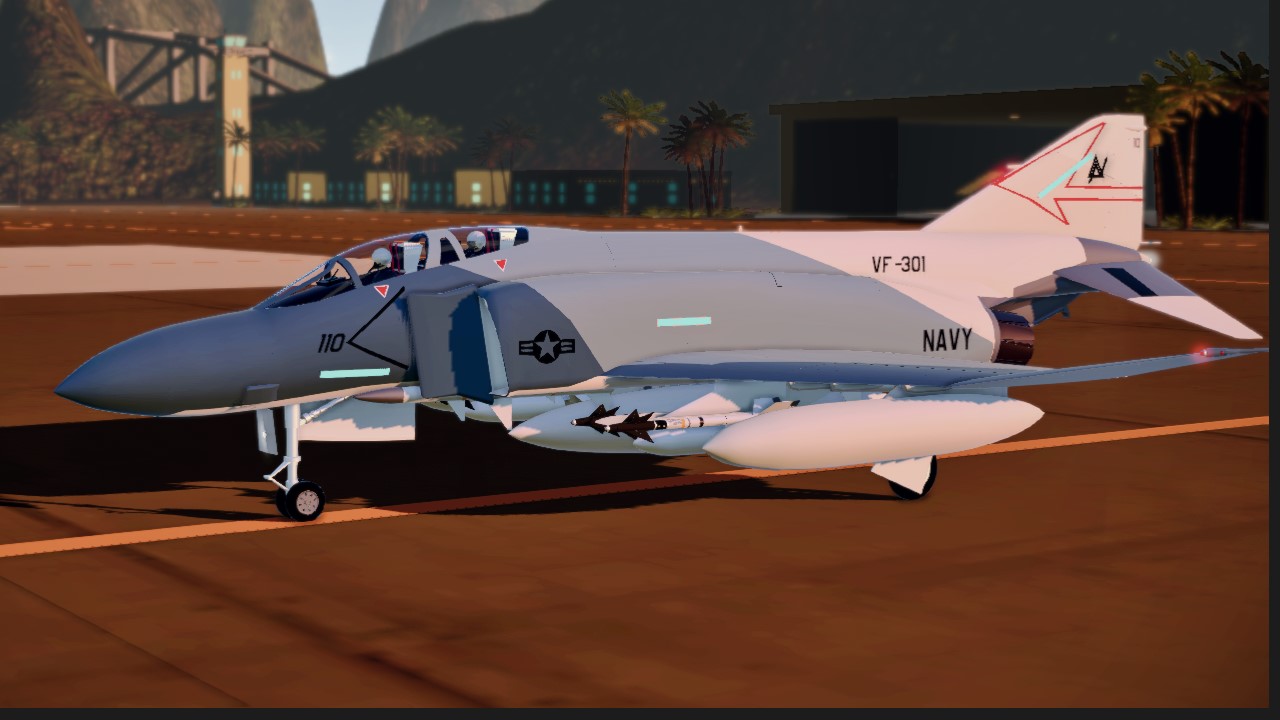
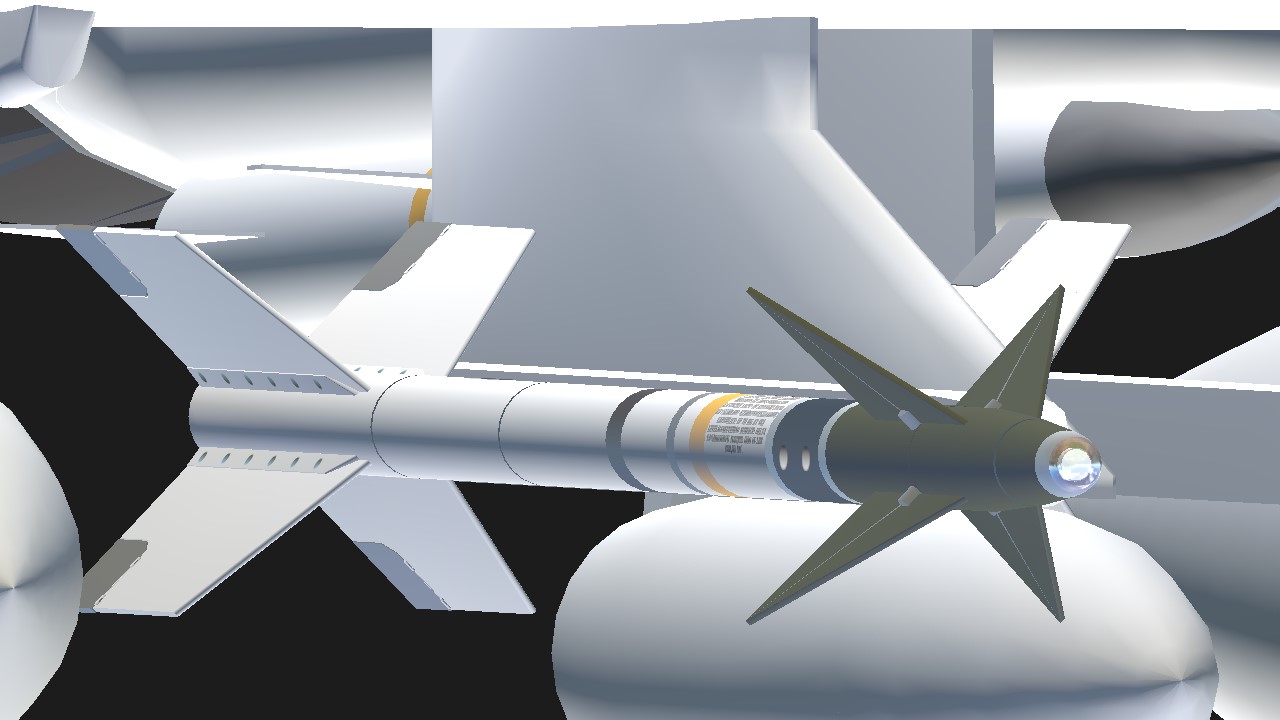

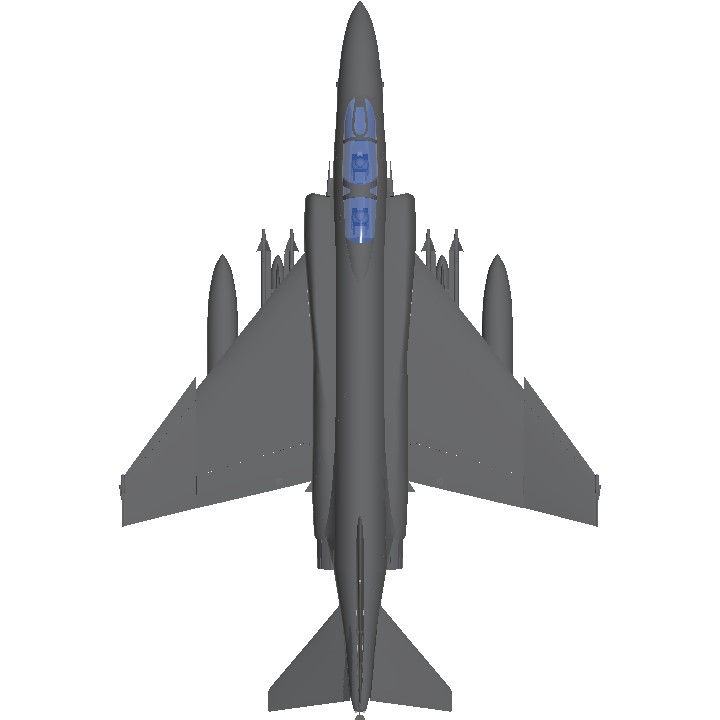
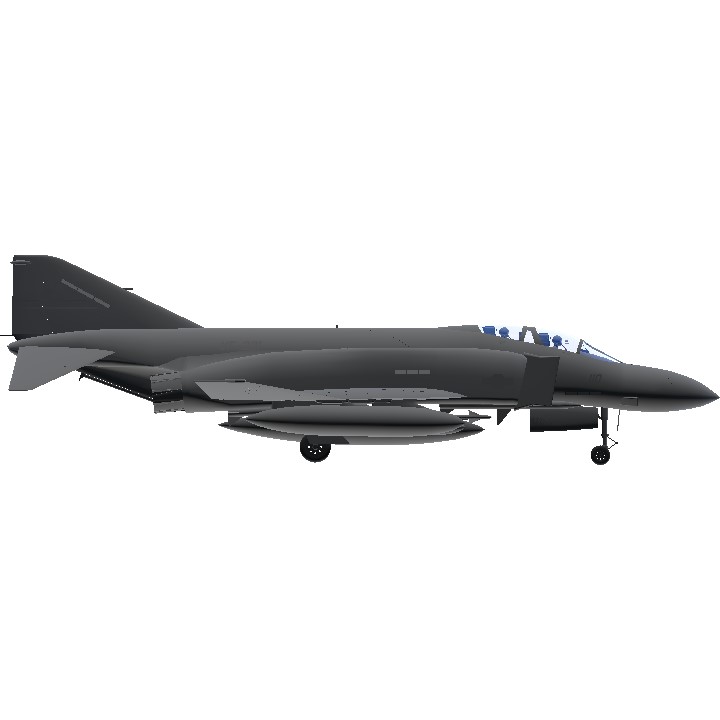
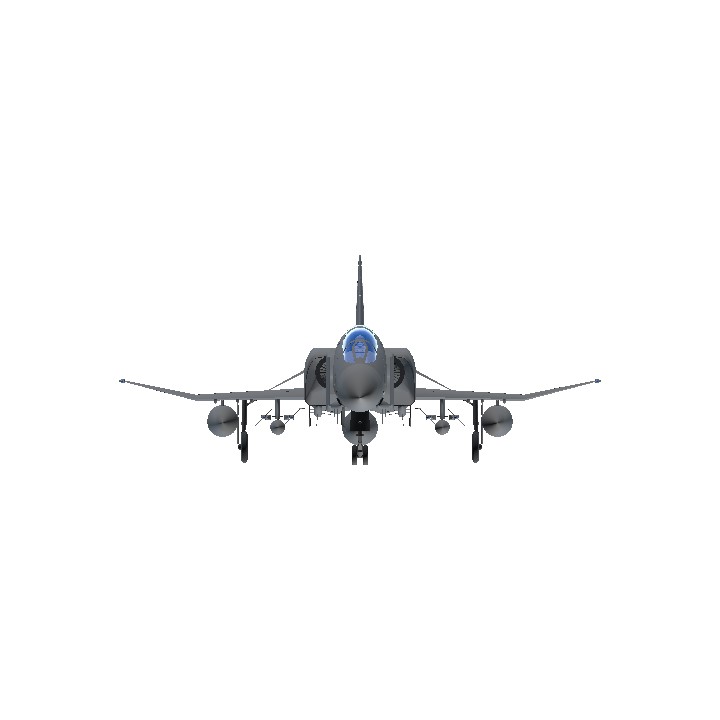
1726 PARTS ON ANDROID????????
@RicardoACE Checkout Videos page because your plane made to the top of players content of the month!
@RicardoACE you should remaster your Saab JA 37 Viggen
@MAHADI thanks bro
nope lol

@ccc12345 no. you use Designer Suite mod. search it
@MAHADI Brother, do you mean Dev console? If this is what you mean, please give me the code.
@ccc12345 @MobileBuilder21 @Walvis thanks brothers
@ccc12345 you take screenshot in game and use it in the designer
Just one question, how do you portrait the background of the designs?
Very amazing and beautiful bro 😍
Extraordinary work
I love my phone being turned into a grill
@GoldenSidewinder ye
@73 same waiting for this hot cat
Looks awsome
@SomeSPGuyWhoLikesLore @Th3Missil3 it’s actually the f-4S (which has wing slats) so this silver lion unlocks not premium
F-5C pls
@Ku Yes do it. I want to see that
Great build! But uhh the aim-9s and aim7s can’t actually hit their targets there fuses are way off
No way, Ferris Camo!!!
@RicardoACE yey
@RicardoACE BTW would you mind if I steal this Aim9 model and make it into an actual FT guided missile?
Nice, I'l waiting on F-5C Skoshi Tiger